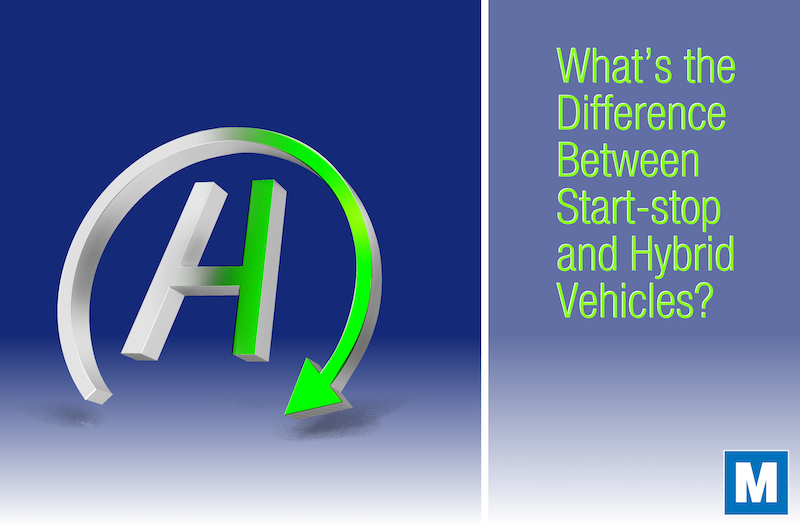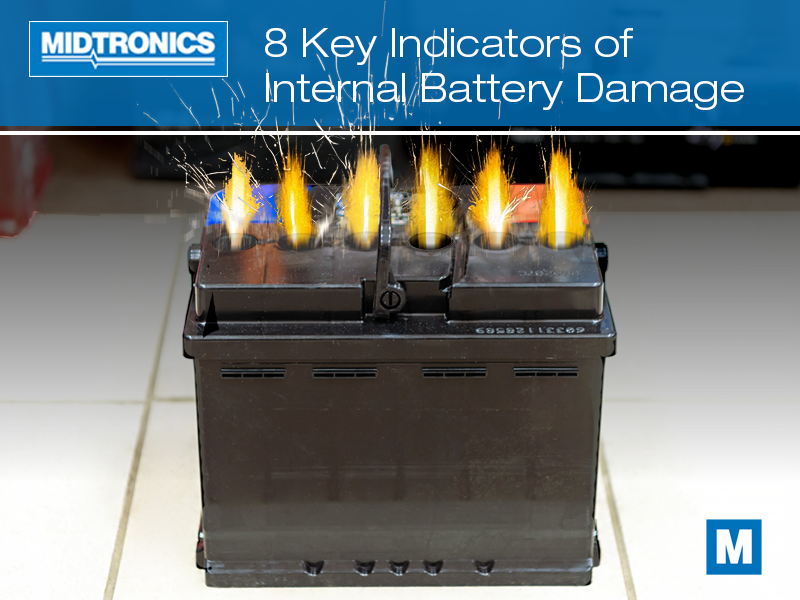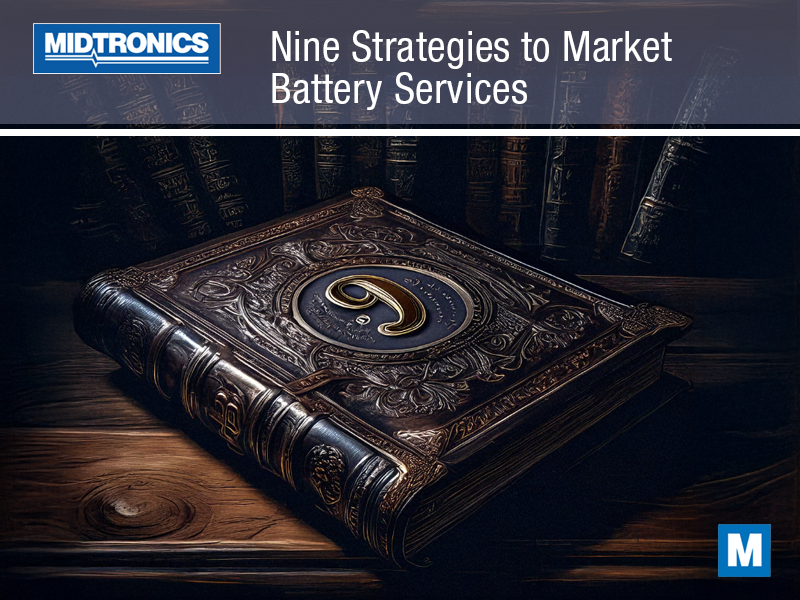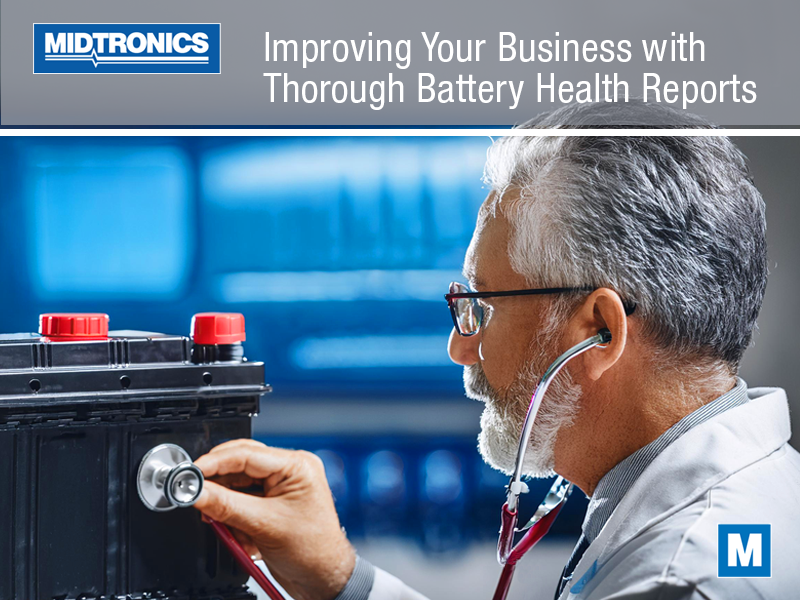You might’ve heard the terms “light hybrids” or “micro-hybrids”. These aren’t a new class of full hybrid or plug-in hybrid electric vehicles – they often refer to vehicles equipped with automatic start-stop technology. Auto start-stop—or auto stop-start, depending on the manufacturer’s terminology—is a feature included in a large volume of vehicles over the past ten year intended to reduce fuel consumption.
How does the auto start-stop feature work, and does it actually save on gas? And is it truly a hybrid system? Here’s what you should know.
How start-stop tech it works
When you drive up to a stoplight and press your foot on the brake firmly, the engine might shut off if you have the auto start-stop feature. At the core of the system, manufacturers have established a set of criteria that must be met in order for the engine to shut off. If the conditions are met, the engine turns off when your vehicle is in gear and remains ready to fire right back up without having to turn the key in the ignition.
- First, the battery must be sufficiently charged for the vehicle to shut down, typically 75% state of charge or higher.
- Secondly, the draws on the electrical system must be minimal. If you have the AC cranked as high as it goes or accessories plugged into a 110v outlet, for example, it likely won’t shut off.
- You must have it in gear. Auto start-stop only works if you keep your transmission engaged in Drive.
- Your foot must fully press the brake pedal. Too little pressure and the engine won’t shut off.
Then, to get the engine running again, all you need to do is lift your foot from the brake pedal. The system senses the change and cranks the starter over, firing the engine back up in a split second. It might do this on its own—without lifting your foot from the pedal—if the state of charge drops quickly or it surpasses an integrated timer, typically two minutes.
When the starter turns over to fire up the engine power is drawn from the 12-volt battery, just like it does when you turn the ignition key. And anytime you’re in motion, it’s the gas-powered engine that’s propelling the vehicle.
How it differs from hybrid vehicles
Hybrid vehicles, on the other hand, operate quite differently. They’re equipped with a gas-powered engine, but they also have an electric system on board. For the driver, there isn’t much difference in how the vehicle operates from the driver’s seat, but there are fundamental differences between hybrid vehicles and those equipped with start-stop tech.
Start-stop vehicles don’t have electric drive motors
The most obvious difference is that hybrid vehicles contain one or more electric drive motors that can propel the vehicle, usually while the gas engine isn’t running, where an auto start-stop vehicle does not. This electric motor uses the same throttle input, but the motor is propelled by battery power alone.
This is important because the internal combustion engine requires exactly the same maintenance with auto start-stop as it does without since it accumulates the same mileage whether the feature is used or not.
No high-capacity battery pack
Another major difference is the source of power for propulsion. With hybrid vehicles, the electric motor is supplied by a battery in addition to the 12-volt battery common across all passenger vehicles. It ranges in size drastically from one that occupies a space slightly larger than the 12-volt battery to more than a suitcase in size.
In vehicles with start-stop tech, there’s no battery pack in addition to the 12-volt battery. While it’s not required since there isn’t an electric drive motor that requires higher voltage energy to move the vehicle.
All its propulsion is derived from gas power
There are different types of hybrids on the market including full hybrids that recharge their own battery using the combustion engine, mild hybrids that use both the electric and combustion engines in parallel all the time, and plug-in hybrids. However, they all have an electric motor that provides power to move the vehicle aside from the gas-powered engine. A vehicle with the auto start-stop feature does not, and all its power is produced by burning fuel in the engine.
Why maintaining the battery is so important
In a vehicle with a combustion engine without start-stop tech, the battery delivers a massive current when the ignition is turned over, then it recharges and holds a relatively continuous charge level until the engine is turned off, then the cycle starts over again. With vehicles equipped with the auto start-stop feature, the battery usage is quite different.
The strain of engine starts occurs often with auto start-stop. The engine could shut off and restart at every intersection you arrive at. And while the engine is off, power continues to draw from the battery to supply accessories like the wipers, the radio, and the heater fan. Essentially, it’s double the load on the battery. AGM and EFB batteries are used almost exclusively for vehicle with auto start-stop because they can handle the challenges better. They have higher reserve capacity, can operate well on a partial charge, and perform well even in extreme cold.
Still, the AGM or EFB batteries used for these vehicles need to be cared for properly. If you find that the engine isn’t turning off at a stop as often or it’s cranking slower when it restarts, the battery might need attention. Since the auto start-stop system is intended to save you money on fuel rather than idling unnecessarily, you could burn as much as 10% more fuel if it’s not working.
Like other car batteries, testing it at least twice a year is a good idea to make sure it’s healthy and performing as it should. And to prevent issues, install a trickle charger if you won’t be driving for an extended period of time.




